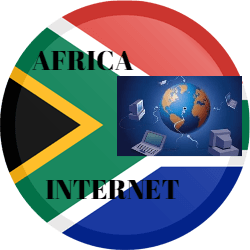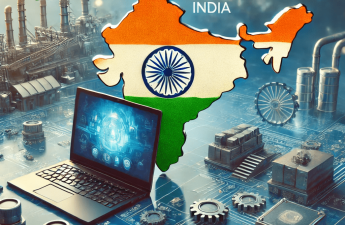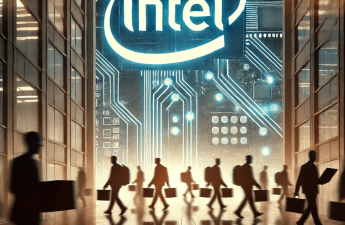The African peoples cannot access the internet, and this rate is more than half but now it’s the changing and special thanks to mobile networks and ambitious new engineering projects. Africa recorded the highest growth in internet use globally between 2005 and 2018, proving that it’s possible to close the digital divide.
Makhtar Diop the World Bank’s vice president for infrastructure says that “The African working-age population is expected to increase by some 450 million people between 2015 and 2035”.“If current trends are going continue, less than one-quarter will find stable jobs. Broadening internet access means creating millions of job opportunities.”
While the connections of broadband in Africa crossed the 400 million mark in 2018, which are nearly 20 times 2010 levels.
The regional average broadband penetration, including 3G and 4G connection, that was only 25 % in 2018. In fact, mobile broadband coverage in Africa is still at 70% of the population. The World Bank aims to achieve universally, nearly 1.1 billion new users must be connected to the internet affordable quality broadband access by 2030. The World Bank also estimates a staggering $100bn is needed to reach this goal.
In a report a broadband connection was written “This is unquestionably a significant infrastructure undertaking, requiring the deployment of nearly 250,000 new 4G base stations and at least 250,000km of fiber across the region”. Lack of access to reliable and affordable electricity makes accelerating Africa’s digital transformation journey even more challenging.
A new satellite that name is Eutelsat Konnect. It was successfully launched into geostationary transfer orbit by Arianespace on the 16th of January 2020. It will provide full or partial coverage for up to 40 countries across Africa and 15 over Europe, working in conjunction with land networks to provide internet access in isolated regions. Satellites and very small aperture terminal ground stations are commonly used to provide web access, but often result in slower than average speeds and high prices, however, technology is improving.
VHS (Very High Throughput satellites) systems first appeared in military telecommunications and are useful due to their combined high capacity and digital agility, as they are able to adjust to match the requirements of the coverage zone and evolve to the needs of operators.
Konnect’s xenon propulsion system was assembled in Belfast and operates in the electromagnetic spectrum, Ka-band. Konnect is the first commercial satellite and the first with electric thrusters to come out of the new factory, which started life in 2014.
The search for better connectivity in Africa is also being addressed by Google. The tech giant last year announced plans for a new private subsea cable to connect Africa with Europe. Once complete, the cable, called Equiano, will start in Western Europe and run along the west coast of Africa, between Portugal and South Africa, with branching units along the way that can be used to extend connectivity to additional African countries. The first phase of the project, connecting South Africa with Portugal, is expected to be completed in 2021, while the first branch is expected to land in Nigeria.
Equiano is Google’s third private international cable, but the first subsea cable to incorporate optical switching at the fiber-pair level, rather than the traditional approach of wavelength-level switching. This greatly simplifies the allocation of cable capacity, giving the company the flexibility to add and reallocate it in different locations as needed.
Facebook is also helping with the great roll-out. In fact, it’s already joined forces with African companies to share the burden of lying almost 500 miles of fiber-optic cable across remote parts of Uganda and connect some three million people. Facebook seems to be targeting new users as its growth in the West stalls and is already said to have 131 million monthly active users in sub-Saharan Africa.
Whether rumors of exotic new aircraft are true or not, if the goal of universal and affordable internet access for everyone in Africa by 2030 is to be achieved, governments, big tech companies, and other private businesses and development partners will have to collaborate to connect the continent.
According to Broadband Commission reported that “what is required is a ‘digital Moon-shot’ where exceptional and coordinated efforts are made to achieve a seemingly impossible goal”.
While companies are not aiming for the Moon, satellites and HAPS systems in the sky look set to help make this dream a reality and with so much cooperation in the area. Now, these days everyone is aiming high.
Thank you for reading. We hope this gives you a brief understanding of the latest news. Are you interested read about other latest technology-related news? Explore our Technology News blogs for more.



